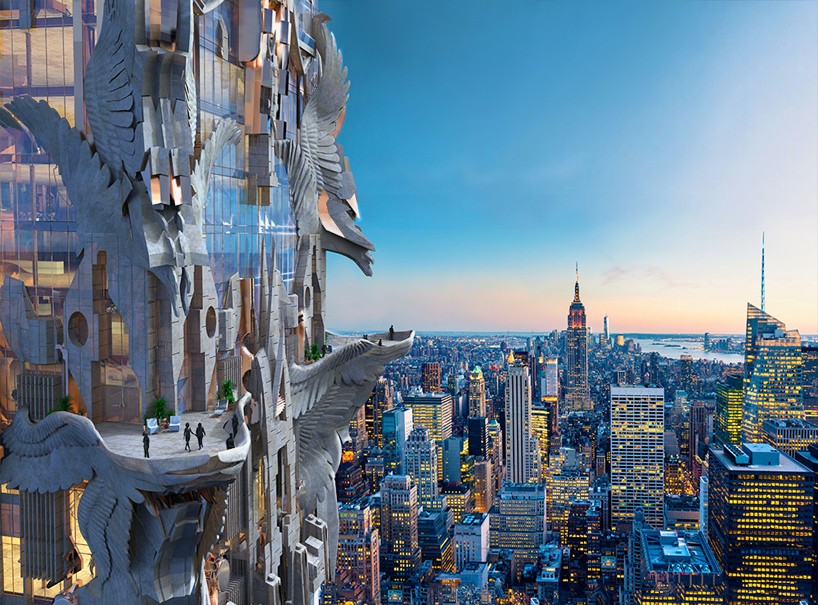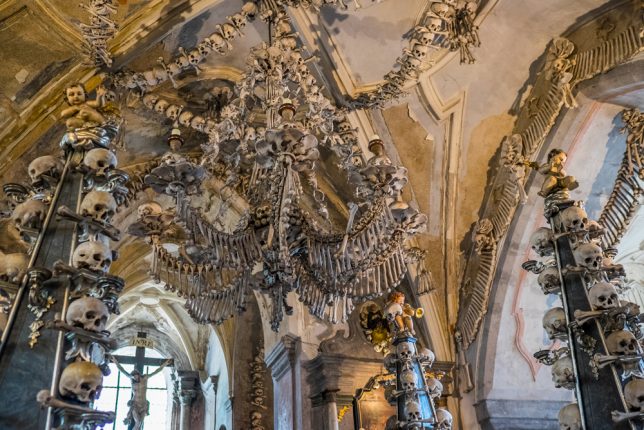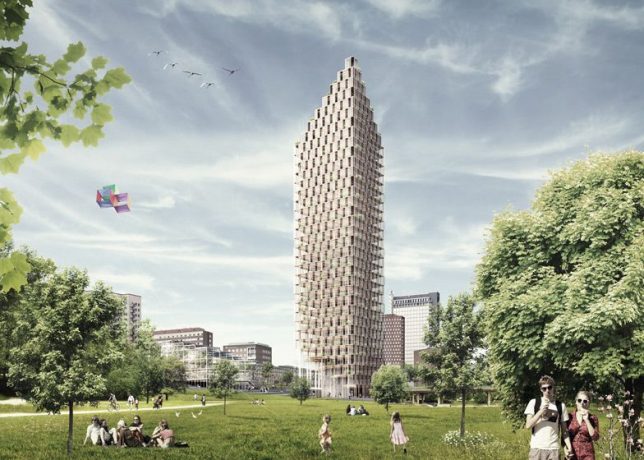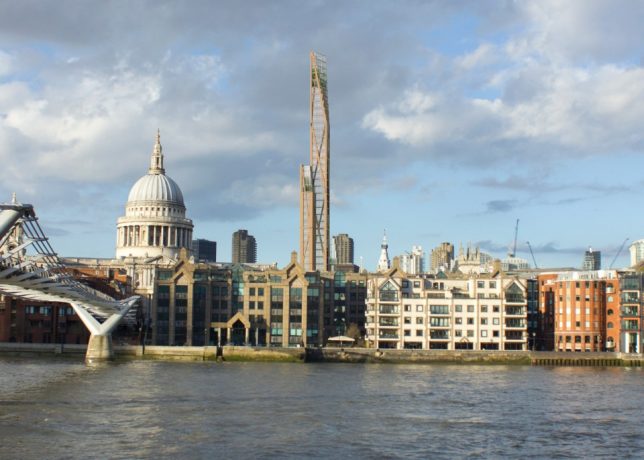Our cities have grown up thanks to concrete and steel, but these materials are far from sustainable, leading architects and researchers to explore new (and old) materials, from wood to eggshell and even bone.
Steel and concrete account for 10% of global carbon emissions, polluting close to as much as the entire transportation industry. Bioengineer Doctor Michelle Oyen of Cambridge’s Department of Engineering builds structures in her lab from artificial bone and eggshell. These can be used for medical implants, but could also scaled up to create low-carbon building materials.
Funded in part by the US Army Corps of Engineers, Oyen’s creations are composites of proteins and minerals, mainly from bone; the former provide toughness and fracture resistance and the latter lend stiffness and hardness to the mix. These currently come from natural (animal) sources, but she is investigating whether a “non-animal-derived or even synthetic protein or polymer could be used instead of natural collagen.”
In theory, her biomimetic creations could even become self-healing, in the same vein as concrete designed to repair itself. For the construction industry to adopt such radical new technologies at scale remains one of the biggest challenges for future organic and semi-organic materials – for decades, building codes have been framed around the use of concrete and steel.
Cities and skyscrapers of today already represent a good first step toward long-term sustainability, packing lots of people into dense areas and in vertical structures requiring less land. Still, a shift to renewable, organic and reusable materials would make them more future-proof and environmentally friendly.
Wood is another natural building material gaining increased attention from the built environment community, a renewable resource that is strong, durable, recyclable and more fire-resistant than most people realize.
At the same time, “future cities may not look a whole lot different – you may not know immediately if you are in a timber, steel or concrete building,” says Doctor Michael Ramage from the Cambridge Department of Architecture. Already, tall wooden towers are being built in Canada and Holland, while the world’s tallest wood skyscraper has been proposed for London.
And resulting “cities might be a whole lot quieter, as most timber buildings are built off site, and then just assembled on site, and use roughly a fifth as much truck traffic as equivalent concrete buildings. In other words, what needs to be delivered in five trucks for a concrete building can be delivered in one truck for a timber building. That’s an incredible advantage, for cost, for environment, for traffic and for cyclists” (Bone Church image by Davis Staedtler and Ossuary by jockrutherford).





